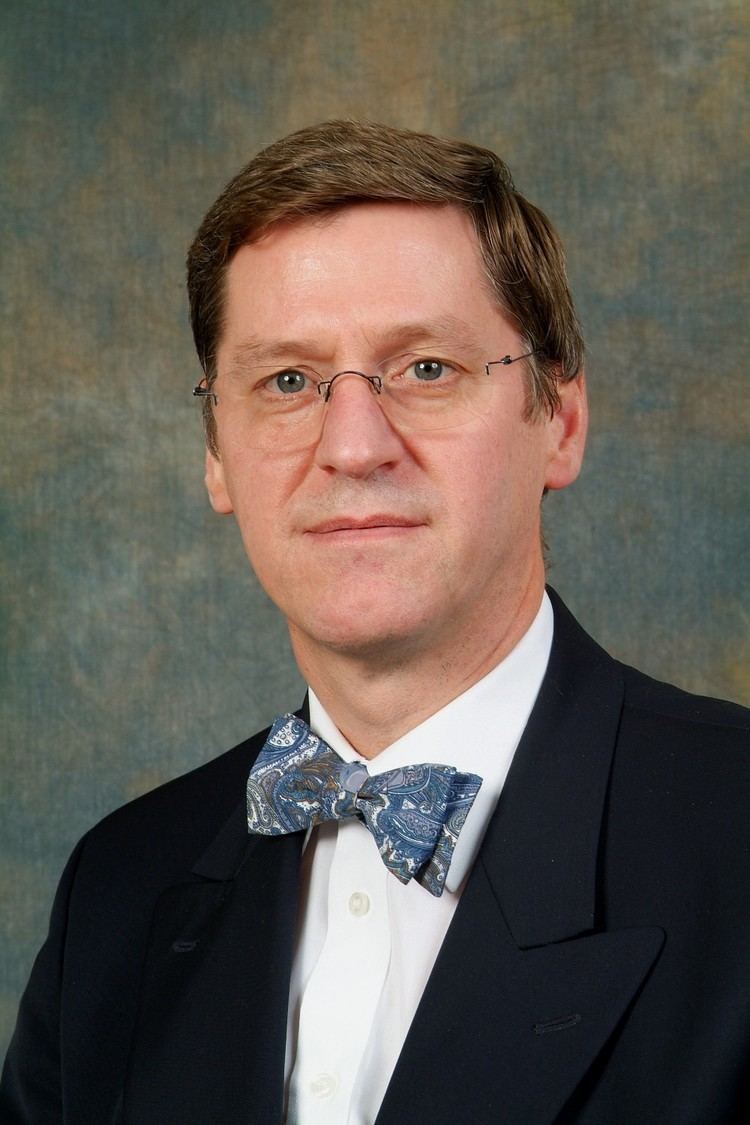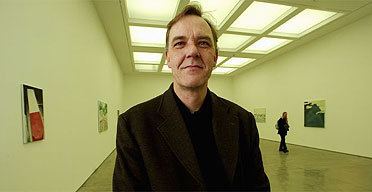Name Adrian Searle | Role Art critic | |
Books Isle of Wight at War, 1939-1945 | ||
Turner prize 2013 adrian searle s verdict on the shortlist
Adrian Searle (born 1953 in Welwyn Garden City, Hertfordshire) is the chief art critic of The Guardian newspaper in Britain, and has been writing for the paper since 1996. Previously he was a painter.
Contents
- Turner prize 2013 adrian searle s verdict on the shortlist
- Ready to land on a multicoloured moon adrian searle at the venice biennale art and design
- Life and career
- Reviews
- References

Ready to land on a multicoloured moon adrian searle at the venice biennale art and design
Life and career

Searle studied at the St Albans School of Art (1971–72), Trent Polytechnic (1972–73) and the Winchester School of Art (1973–75). He has taught at Central St Martins College of Art (1981–94), Chelsea College of Art (1991–96) and Goldsmiths College (1993–96), De Ateliers, Amsterdam (2000–03). From 2007 to 2012 he was Visiting Professor at the Royal College of Art, London.

Searle has curated exhibitions internationally. These include:
Originally a painter, represented by Nigel Greenwood Gallery, London, and exhibiting widely, he stopped when he took up his newspaper job. He said, "I was always torn between making art and writing. Writing won." He also occasionally writes fiction.
Searle has been a juror for the Turner Prize, 2004, Paul Hamlyn Foundation, 1996, Andy Warhol Foundation/Creative Capital, 2009, and Kurt Schwitters Prize, 2009–13.
Before joining The Guardian, he wrote for The Independent, Time Out and contributed regularly to Artscribe magazine (1976–92), Artforum, and frieze.
In 2007, he was decorated Chevalier de l'Ordre des Arts et des Lettres. In 2011, Searle received an Honorary degree for Doctor of Art from Nottingham Trent University and in 2012 was made an Honorary Fellow of the University of the Arts London.
Searle is divorced. He has a daughter and grandchild.
